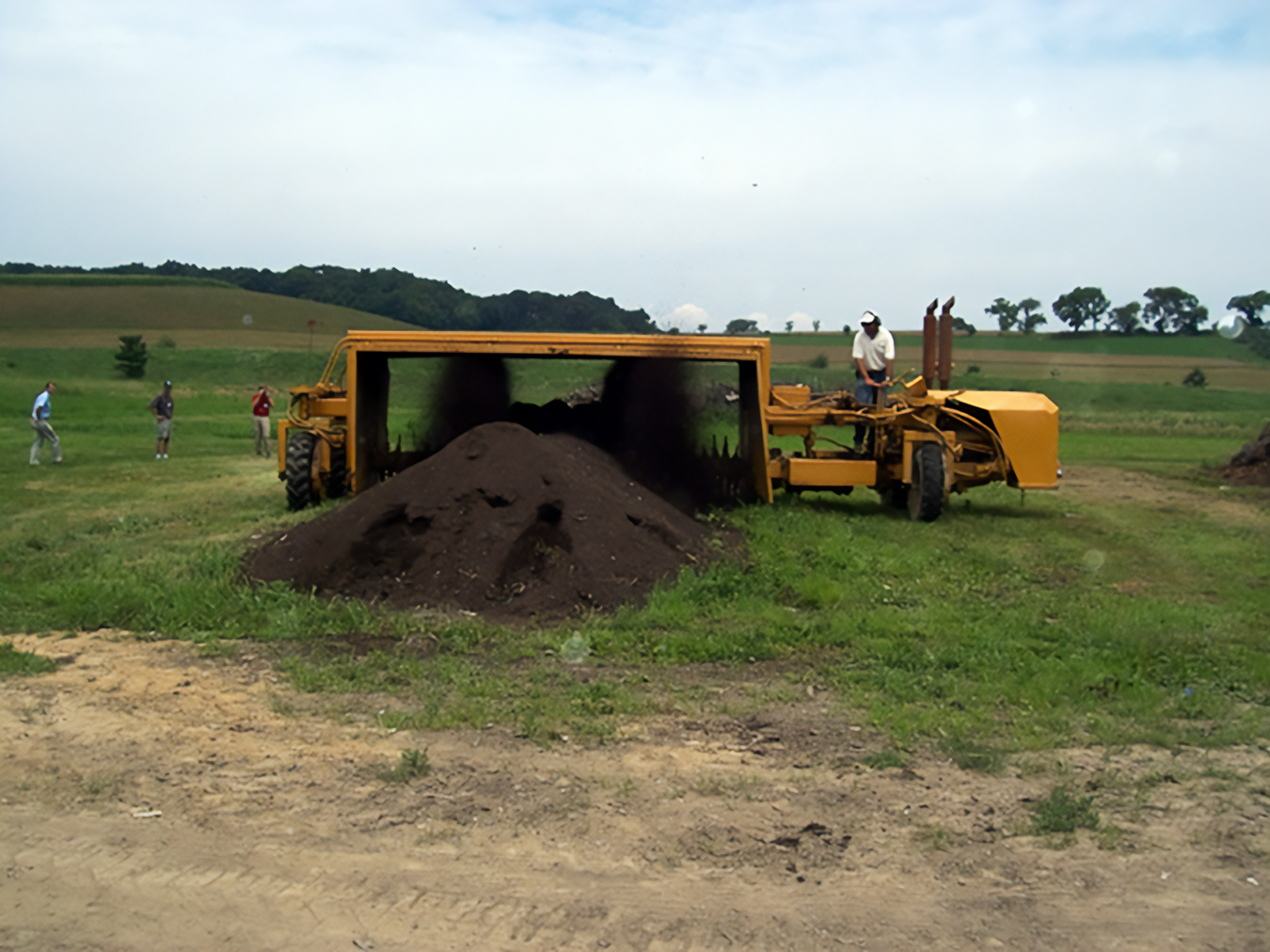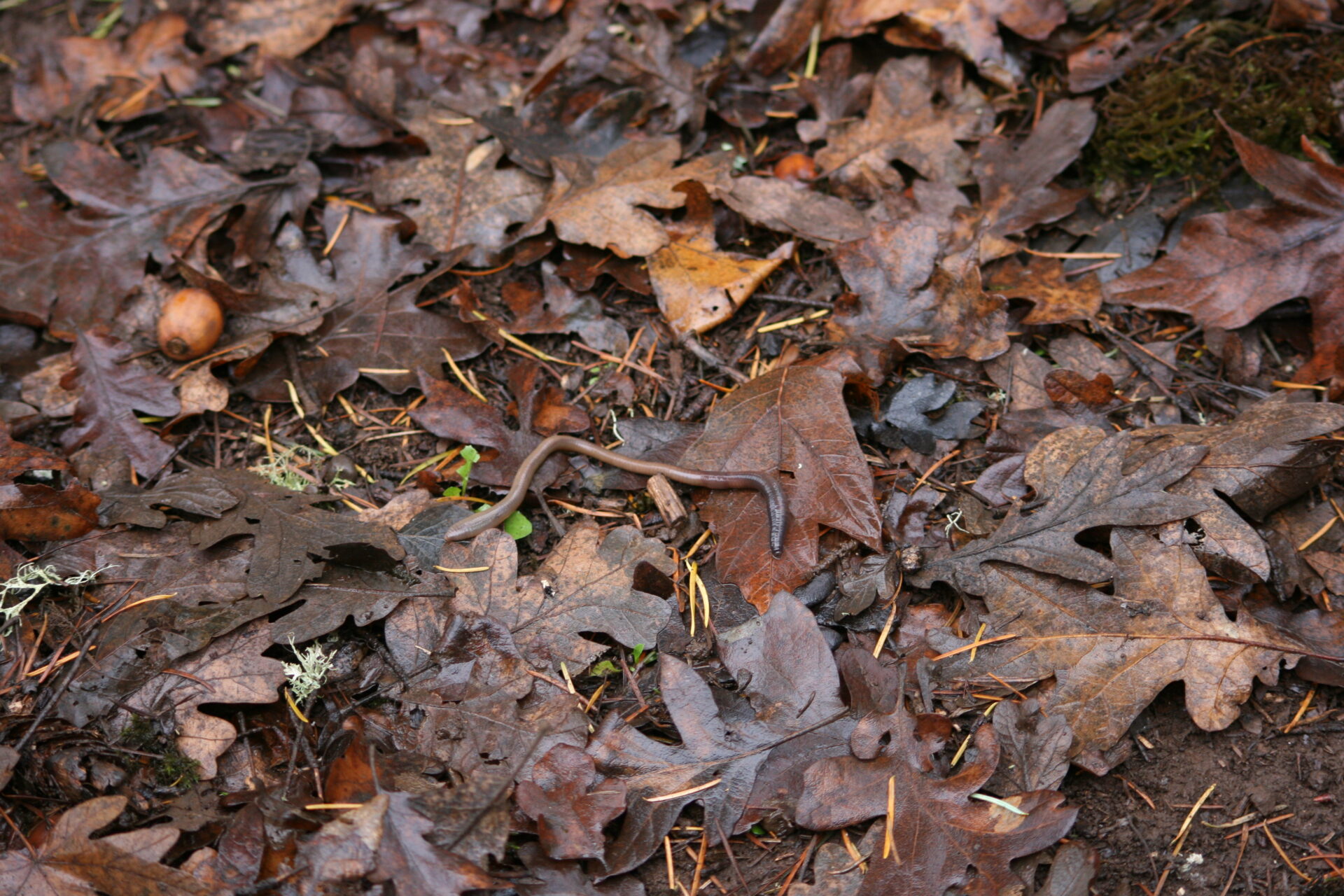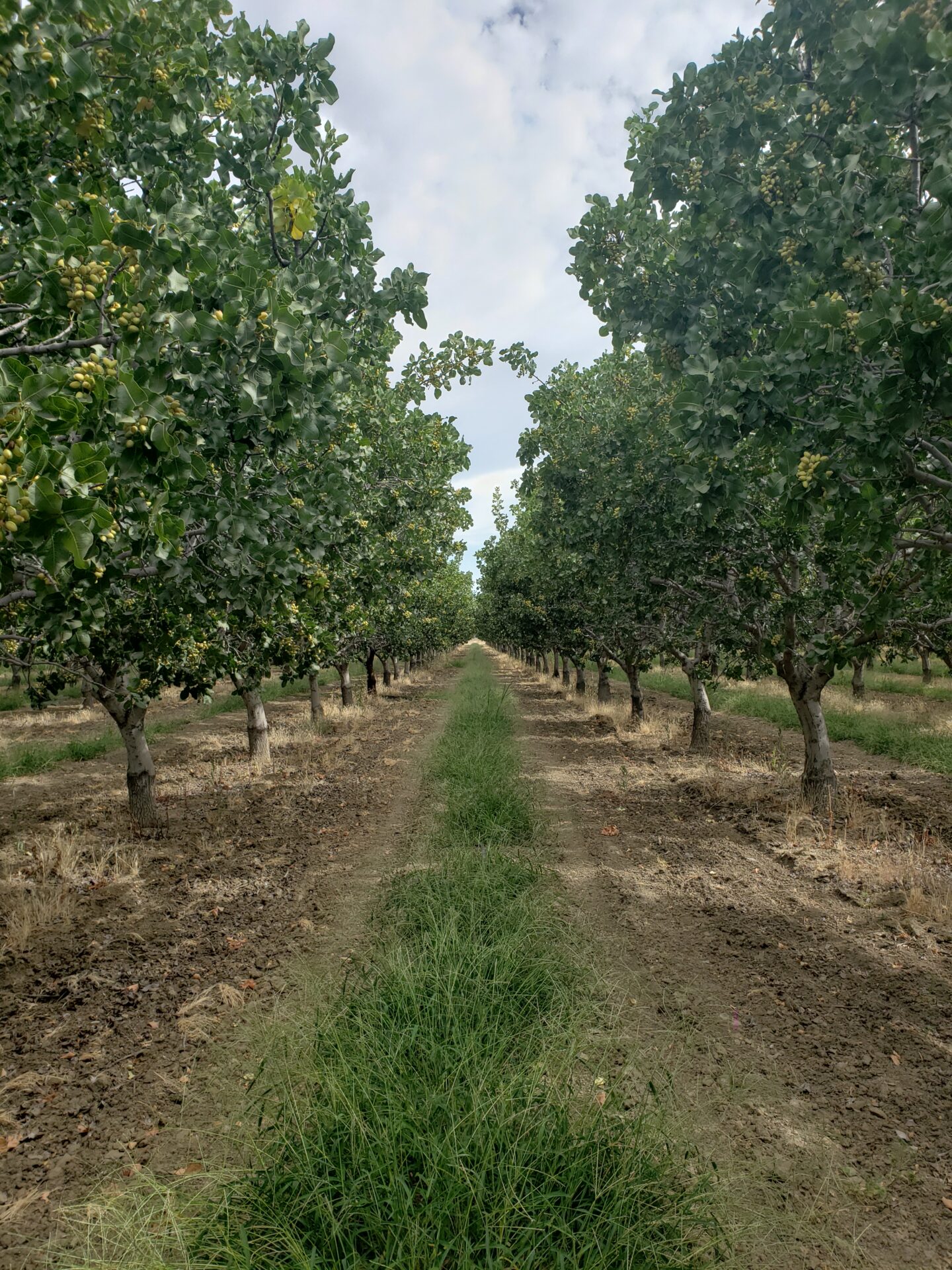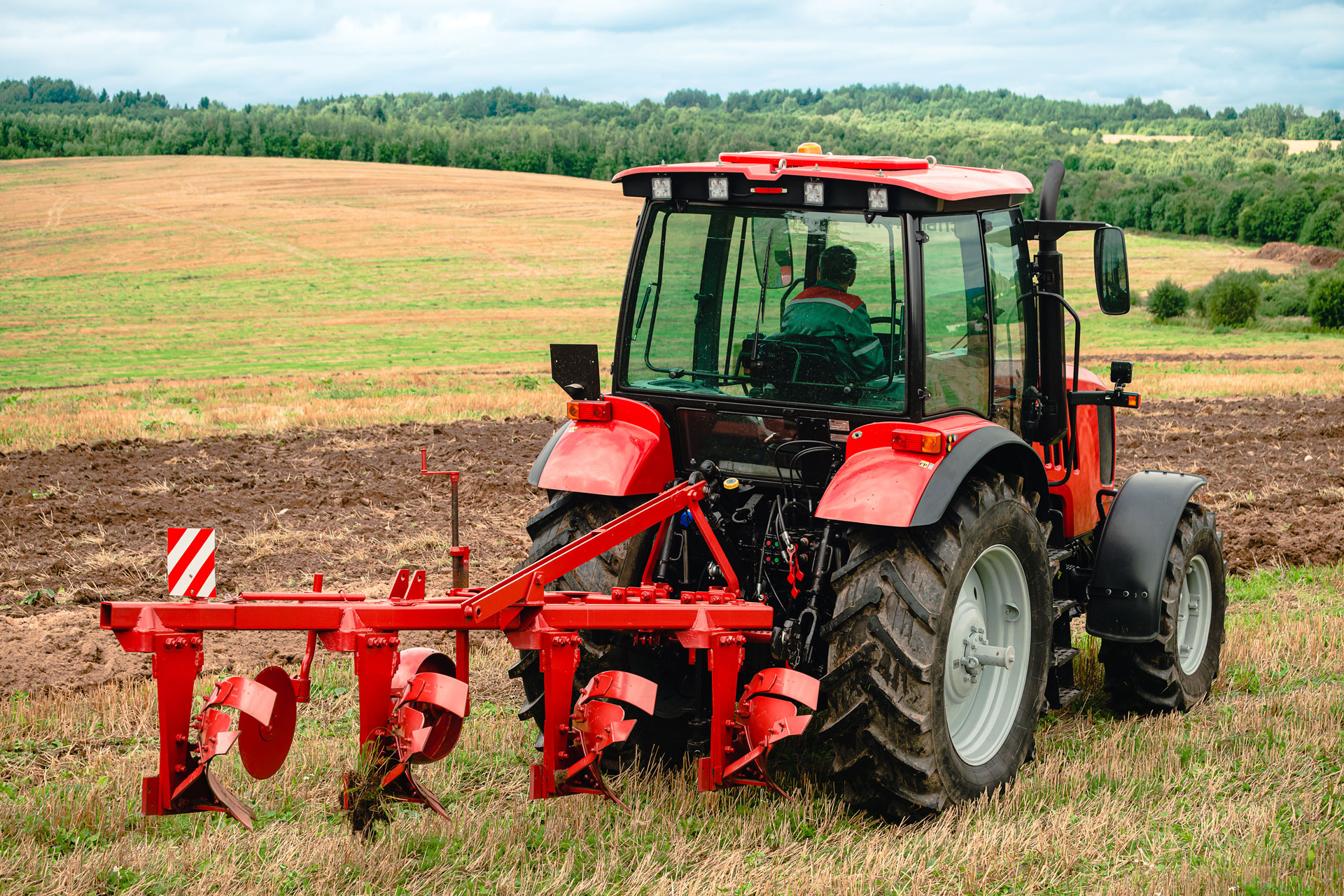
Soil compaction can be a far greater limitation, even on organic farms and gardens, than many growers tend to suspect. To optimize production capabilities on any type of land, building up needed nutrients and eliminating compaction must both be considered as essential with the effectiveness of each being dependent upon the other. Though many who are concerned with compaction never associate that the nutrient levels matter, this article will help focus on why such should be the case.
Reasons for Compaction
An old rule of thumb is that when there is 300 pounds of pressure per square inch of soil, it is so hard that plant roots will have difficulty penetrating it. Compaction is closely associated with the formation of a hardpan, claypan, plow pan or plow layer, which hinders root penetration. But even impediments to the movement of water through the soil can cause compaction problems. When conditions are present in any soil which causes even slight resistance to water movement, that signals the beginning of problems with too much soil compaction.
Dr. Al Trouse, who worked at the National Tillage Machinery Laboratory in Auburn, Ala., used to illustrate compaction problems by using soil pits which he would dig in cornfields. He would then use a trowel and a brush to show where any type of compression had caused resistance in that soil. Not only could he pick out the problems made by a moldboard plow, or a disk, or a chisel plow, he showed where even the press wheel of the planter left its imprint by visibly compacting the soil.
In the most serious situations, the use of a soil penetrometer, soil compaction tester, tiling rod or soil probe can help identify if, when and where compaction problems exist in each field or area in question. When a soil has enough moisture present to keep it sufficiently wet, including the soil compaction layer, roots can more easily penetrate that soil. But so can whatever instrument you choose to use to determine to what extent any compaction may exist. On the other hand, when the soil is extremely dry, it becomes much harder for the roots to break through any compaction layer, and the same is true for the use of any tools used for trying to measure it. So, it is best to test for compaction problems under normal growing conditions.
Working soil when it is too wet presses out needed pore space. That required porosity would normally most benefit the crop by helping provide the proper amounts of needed air and water for use by the plants growing there. The best approach is to find and eliminate any form of compaction by working the soil when it is dry enough to tolerate such treatment without adversely compacting it in some way.
Though not a good idea, at times, crops planted in fields that are worked wet seem to do better than those where growers waited for the right conditions to plant, but then got worse results. When the compaction layer stays moist for long enough that roots can penetrate and get through it when there is sufficient moisture, then any additional water and nutrients provided below the layer will aid the crop, and as such, may provide a short-term advantage.
When the soil is so tight that water is not able to move freely through the topsoil and into the subsoil, this is not only causing the loss of whatever moisture that should have gotten into that soil, but the distribution of plant nutrients is also affected. Such cases can often be detected by the inordinate accumulation of specific soil nutrients where this problem exists.
When the levels of sodium, sulfur and/or boron continue to accumulate in a soil, this tends to indicate there is some type of a compaction problem. Each of these elements, when being applied either alone or in some type of combination, are found to be consistently high in compacted soils. This causes an impediment to water movement and an accumulation of those elements that would normally move with the water.
Fixing Compaction
Once a compaction layer has been detected, what is the best way to deal with it? Too often, the solution is given via a set of generalities that do not apply in every case. The goal is to break up any impediment or compaction layer in the soil and prevent its return for as long as possible.
That goal may be accomplished in one of three ways. You can physically break up a claypan or plow layer by use of some type of deep tillage implement, such as a subsoiler or chisel plow. Another method, which has long been used by farmers, ranchers and growers, is considered as more of a biological approach for dealing with compaction using deep-rooted legumes, such as alfalfa or sweet clover, whose root systems can penetrate hardpan layers that other plants cannot. Finally, there are various forms of soil conditioners that employ the use of soil chemistry to help water and plant roots break through a hardpan.
Any of these three methods will work if the rules for their use are correctly understood and followed. For certified organic growers, the use of soil chemistry may be questionable due to finding properly certified materials that can help eliminate a plow pan at 9 to 12 inches deep. There are a number of products that claim to provide such benefits, but few who manufacture and sell them seem willing to expend the time and money even to dig pits and show what can consistently be expected from use of such products.
These materials have special merit in certain circumstances. For example, a golf course would not normally be able to use a deep ripper or grow alfalfa for several seasons to deal with a compaction problem. Use of a material that can soften the soil as a topsoil application may be the only consideration for solving the problem.
Working as a consultant in a company that does not sell products, we find that some materials work well in one type of situation but not necessarily in others, depending on the specific circumstances. All of those differences cannot be dealt with in an article of this length. Often, those looking for answers are most interested in a quick fix and not the time and expense it requires to determine the truth of each situation and get the job done right.
The use of legumes for breaking up a compaction layer should be straightforward enough for those who are able to incorporate them into their crop rotation. Just consider that those who must use heavy equipment for planting or harvesting will generally find that compaction problems will become an issue about every three years, especially for those who feel they must get on fields before they have sufficiently dried first.
The use of a subsoiler or chisel plow to physically control compaction has some general guidelines that would apply in every case. For example, determine the depth of the compaction layer and plan to go just deep enough to break it up. The goal is to allow plant roots to get through that tighter soil to gain the use of moisture and nutrients below it.
Once the depth is determined, then select what implement will be used. In many cases, a chisel plow can do all that is needed. Whether a deep ripper or a chisel plow is used, these additional rules should be considered.
Use narrow shanks and set them at least 30 to 40 inches apart, and no matter how many or how few that may be, always assure that the speed through the field can be at least 4.5 miles per hour. The goal is to shatter the soil just deep enough to eliminate the compacted layer. If you go deeper and keep doing the same things that have been done in the past, the next compaction layer will be at the new depth to which you ripped that soil.
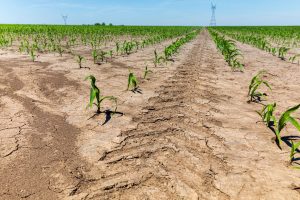
Next, be sure your soil has a sufficient level of calcium before trying to deal with a hardpan or plow pan. On the soil test we use, that should be at least a 60% base saturation of calcium. If less than that and you rip the soil in the autumn under otherwise ideal circumstances, with adequate winter rainfall, that soil will run right back together by spring and be just as tight as it was before because it did not shatter properly.
A word of caution here: For spring crops, it is usually best to subsoil in the autumn to allow time for the soil to settle, otherwise there can be so much porosity that it dries out and loses moisture that could otherwise be used for the crop. The same would be true when more than one trip is made at a time. The problem is that the soil dries out too quickly.
One client whose farm was extremely sandy experimented with using a chisel plow to subsoil as compared to the use of a moldboard plow in both fall and spring on a farm that had no irrigation. He saw his crops had the least moisture stress where he used the chisel as a subsoiler in the autumn, but they did better where he used the moldboard plow for spring tillage. Using the chisel as a subsoiler in the spring did not allow the soil to settle sufficiently. This resulted in too much air space, and the soil and crop suffered from an excessive loss of needed moisture.
Be sure the soil has sufficiently dried so that when you pull through the field, the soil is shattered just as deep halfway between the shanks as it is right where they are ripping. If there is not a sufficient level of calcium, the soils will not shatter as they should. To be sure, take a soil compaction tester, a tiling rod or a soil probe and test the depth halfway between each set of shanks.
If the subsoiling was done properly, that soil halfway between the shanks should be shattered to the same depth as where the shanks ran. If the soil is too wet, it will not shatter, but will smear the soil on each side where the shanks were pulled through. When the soil has less than 60% base saturation of calcium or when it is too dry, the soil halfway between where the shanks run will not shatter as deeply as it does where the shanks ran.
Nutrition Factors in, Too
What else is needed to keep the soil open to maximize porosity and eliminate the conditions that tend to cause compaction? Correcting the calcium, magnesium, potassium and sodium base saturation percentages are always necessary to achieve the best results in correctly dealing with compacted soils.
For example, in desert soils that are affected by excessive salt levels, compaction can be contributing to the problem. When there is a high level of sodium chloride in the water, this may or may not be the problem. The way to tell is by first measuring how much is present in the water. Then test the soil by running a complete soil analysis, including sodium, salts and chlorides. If using salty water and the sodium is high but not the chlorides, this indicates the soil should be sufficiently porous to allow releasing and leaching out of any unneeded sodium once the base saturation of calcium is 60% or higher.
In soils where the chlorides are low, but the sodium that remains is attached to the soil colloids, it indicates the need for increased porosity before it is possible to leach any excess sodium out of that soil. That is why building soil fertility and reducing compaction are both requirements that organic growers need to deal with because only then is it possible to remove the detrimental effects of soils with an extreme excess of one or more nutrients.
When the fertility of the soil is sufficiently supplied, including the correct proportions of calcium, magnesium, potassium and sodium, and any compaction layer is eliminated, this makes it possible for organic growers to deal with excesses and the detrimental effects they will have on the soil and the crops to be grown there.
Neal Kinsey is owner and President of Kinsey Agricultural Services, a consulting firm that specializes in restoring and maintaining balanced soil fertility for attaining excellent yields while growing highly nutritious food and feed crops on the land. Please call (573) 683-3880 or see www.kinseyag.com for more information.

